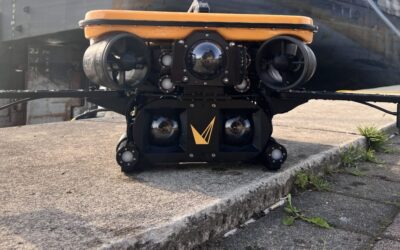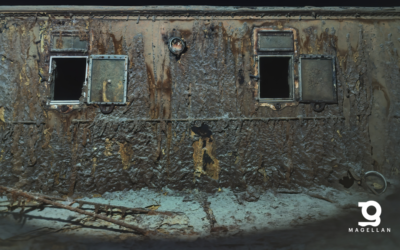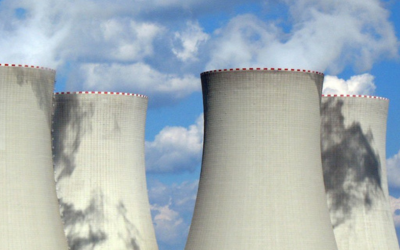Ocean surveyors have historically relied on subsea video cameras deployed in underwater vehicles for environmental monitoring, general inspection, and underwater situational awareness. But the operating mechanism of “video” significantly limits the ability of advanced image processing and machine vision. Conversely, stills imaging provides revolutionary advantages when used correctly.
Voyis endeavours to produce underwater imagery where the effects of the water medium are entirely removed. Which will enable the use of standard terrestrial processing algorithms like photogrammetry and machine learning. In fact, this is a core focus of our mission to See the Depths like We See the Surface.
This blog is part of our Colour Imaging series. This edition will focus on the configurability offered by our imaging products and its simplified integration into all types of subsea vehicles.
The Challenge
An application specific challenge of a survey-grade imaging solution is configurability, a need driven by the high degree of variability in subsea vehicle platforms. The system must be able to efficiently integrate into a variety of vehicle types, large and small, both AUVs and ROVs. Each of these platforms have variable physical, electrical, and processing constraints that must be accommodated to enable widespread adoption.
- Large AUV – Maximum range, onboard processing, flexible size & power constraints
- Small AUVs – Short range, onboard processing, highly limited size & power
- Large ROVs – Maximum range, topside monitoring, flexible size & power constraints
- Small ROVs – Short range, topside monitoring, limited size, flexible power
The Most Configurable Imaging Solution
The Observer Line Up
To address variable integration requirements, Voyis has developed targeted product configurations for its Observer and Nova imaging products to optimize performance on all vehicle types.
The Observer Stills cameras is available in two different versions:
- Medium range (<6m) Observer Micro
- Long range (10m) Observer Pro -employs includes cooled sensors for increased sensitivity
The standard Observer cameras can be provided with integrated onboard computing (Complete), or with the electronics mounted separately (Compact) to fit into tight spaces. For small AUV integrations, the camera can be provided in a modular payload section (Recon) that mounts directly in line with the AUV, or as a component level (OEM) package for even the smallest of platforms. This configurability ensures that nothing is compromised by the operator’s choice of vehicle type.

The Nova Line Up
Similarly, the Nova Lighting products have an equivalent level of configurability. For ROV integrations where hydrodynamics are not as critical, the Flat light panel option provides the highest lighting output and density in the smallest form factor.
In AUV integrations where hydrodynamics are paramount, the Oriented option can be integrated into a wet payload section of the vehicle. Utilizing oriented LEDs allows users to project the illumination towards the camera while still conforming to the curved hull shape.
When there is no room to integrate the Nova lights into the vehicle’s body, the Recon version provides a hydrodynamic and neutrally buoyant external lightbar that can be mounted to the vehicle’s exterior. Finally, for ultra-compact AUVs the OEM version can be tightly integrated directly into the vehicle by the manufacturer.

In addition to this physical configurability, the imaging system also provides data and software adaptability to ensure the operator’s workflow can be optimized for their survey goals. The system provides the versatility to both enhance data onboard on the camera for real-time data processing, as well as fine-tuning in post-processing. Image data can be saved onto the system’s large onboard hard drive, transmitted to an operator’s control computer, or saved to an AUV’s central storage.




